Menu
When a tree is cut down, many assume that’s the end of its life. However, nature has a remarkable way of surprising us. Under the right conditions, a tree can grow back, as long as you don’t conduct stump grinding. The process of a tree growing from a stump isn’t as straightforward, and understanding the factors that influence regrowth can help. If you are unsure whether to let nature take its course or take additional steps to prevent unwanted growth, Driscoll Tree Service is the go-to tree care company for tailored solutions. Let’s discuss crucial factors that contribute to tree regrowth for a more informed decision.
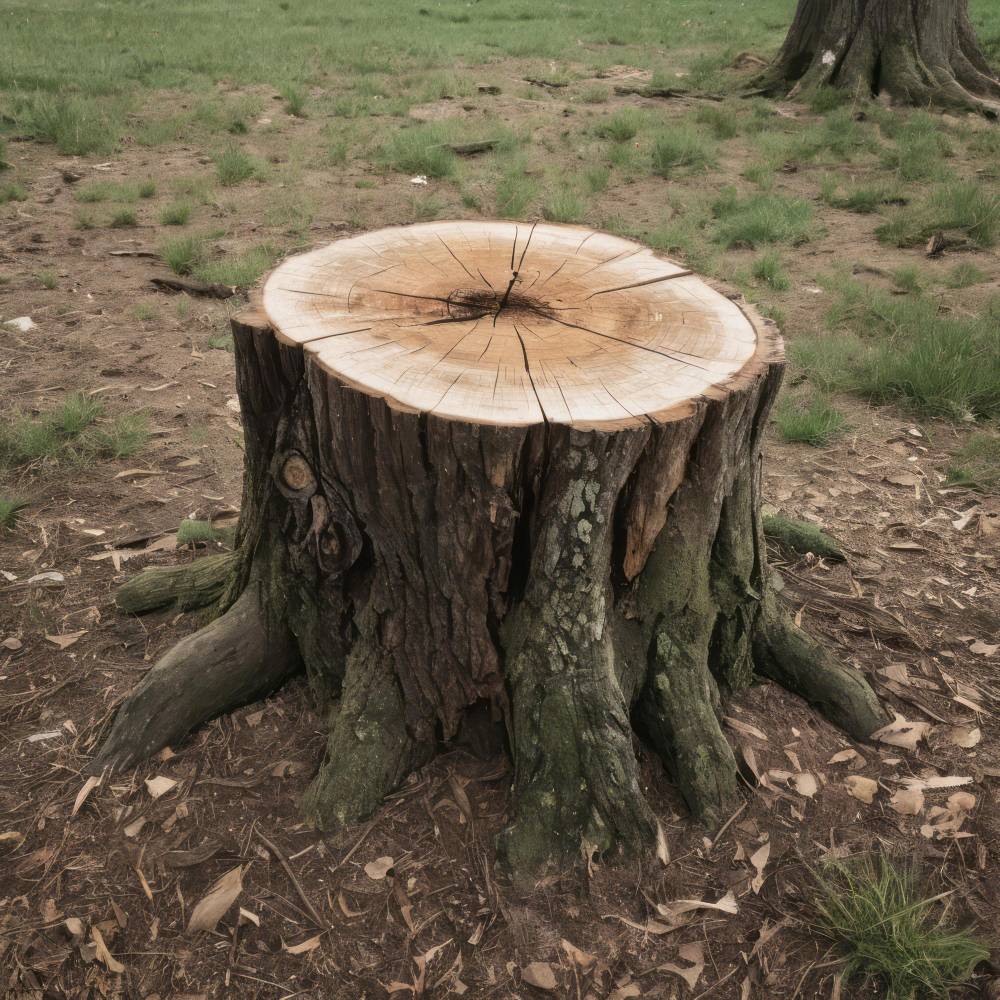
One of the most significant factors in whether a tree can grow back from a stump is the health and extent of its root system. When a tree is cut down, the roots remain alive and active for a period, even without the trunk and branches. These roots store energy and nutrients that can fuel fresh growth. If the root system is strong, it can send up fresh shoots from the stump, leading to the regrowth of the tree. However, the vigor of this regrowth can vary depending on the species of the tree and the condition of the roots.
As stated, tree species are crucial in determining regrowth. However, not all trees can regrow from a stump. Some species are more resilient and likely to regenerate, while others may not. Deciduous trees like poplars, willows, and oaks are known for their ability to sprout new shoots from stumps. Coniferous trees, such as pines and spruces, are less likely to regrow from a stump. The differences in regrowth potential are based on biological characteristics of the species. If you cut down a tree and want to minimize the risk of regrowth, consult a tree service professional to determine whether tree removal or grinding are necessary, especially for deciduous trees.
The environment plays a critical role in whether a tree stump will produce new growth. Sunlight, water, and soil quality all contribute to the success or failure of stump regeneration. A stump that receives ample sunlight and water is more likely to produce healthy shoots. In addition, nutrient-rich soil can provide the sustenance for fresh growth. For those without It is advisable to work with professional tree service providers who understand the environmental factors and how thy contribute to a tree growing from a stump.

Whether you want to encourage regrowth or prevent it, stump treatment is crucial. If you want the tree to grow back, leaving the stump undisturbed and ensuring it receives adequate water and sunlight is essential. However, if regrowth is undesirable, you may need to prevent it. Hire a tree care company in Loganville to apply the appropriate stump-killing chemicals, conduct stump grinding, or covering it with a barrier to block sunlight and prevent shoots from emerging. Arborists can recommend a suitable approach depending on your long-term goals for the area where the tree once stood.
Whether a tree can grow back from a stump depends on the species of the tree, the condition of the root system, environmental conditions, and how the stump is treated. Contact us at Driscoll Tree Service and schedule a consultation with our certified arborists to manage tree stumps on your property. Whether you want to nurture new growth or a complete tree removal, we can help you maintain a lush and safe yard.
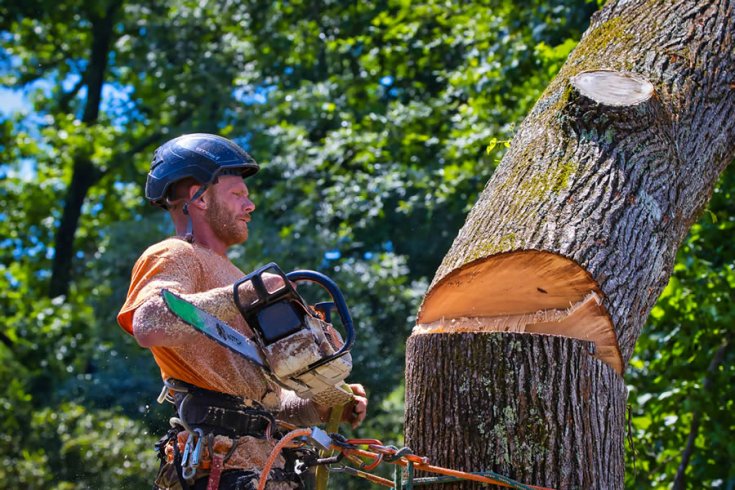
4 Situations That Require a Tree Removal Service Trees are a valuable addition to any landscape and play a vital role in the ecosystem. There are many benefits we get from trees, such as shade, curb appeal, and comfort, among…
Read More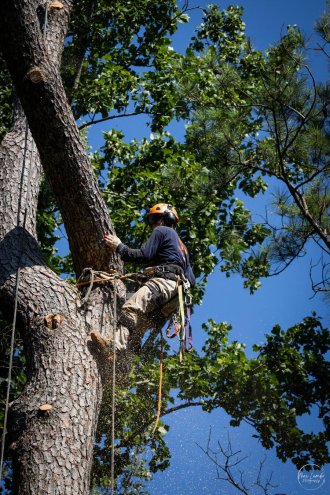
How to Support Tree Limbs Trees are majestic entities that offer many benefits, from shade and air quality to providing a habitat for wildlife. However, mature trees can become heavy or grow with weak attachments, leading to structural issues and…
Read More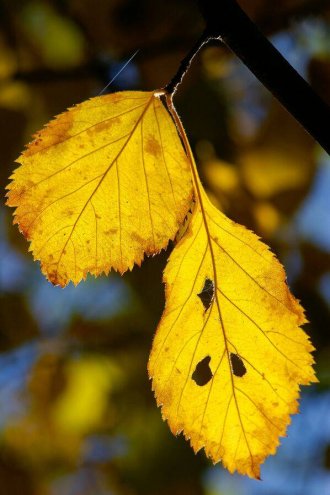
Yellow Leaves in Summer The sight of trees adorned with vibrant shades of red, orange, and yellow during fall is a natural spectacle that always captivates. However, when those same trees display yellow leaves in the summer, it may be…
Read More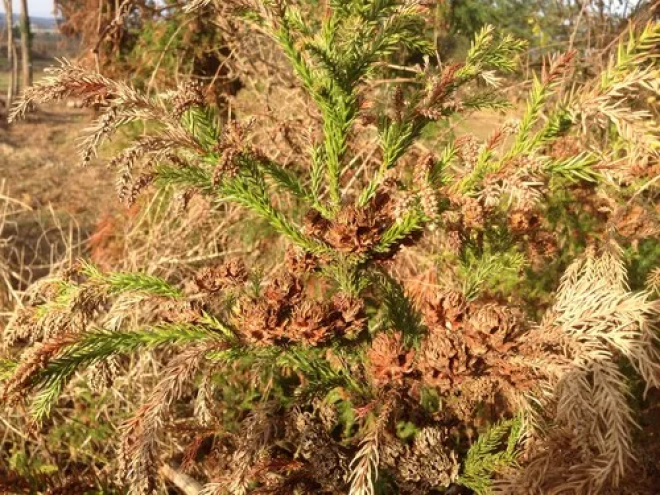
How to Fix Evergreen Trees Turning Brown Evergreen trees are known for their lush foliage that remains vibrant throughout the year, providing beauty and stability to our landscapes. However, when those green needles or leaves turn brown, it’s often a…
Read More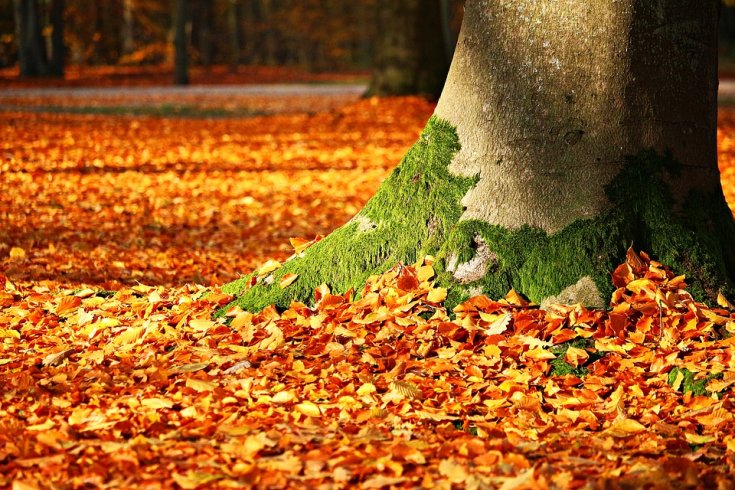
Why Leaves Change Color in the Fall As fall nears, property owners need to understand why leaves change color. Chlorophyll, a green pigment found in algae, plants, and cyanobacteria, plays an essential role in photosynthesis, allowing plants to absorb energy…
Read More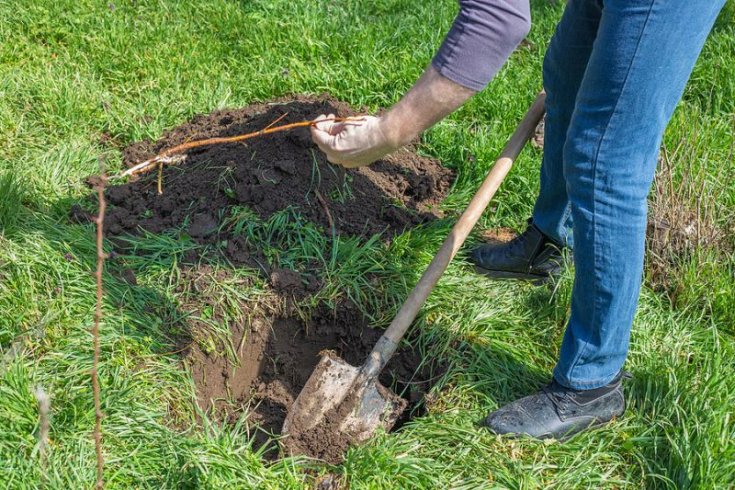
How to Care for Newly Planted Trees Trees are beautiful ornaments for any property, but they are more than decoration. They purify our air, offer us shade, and even provide fruit. Trees grow naturally out of the ground, but if…
Read More
Why Tree Risk Assessment Is Important Trees are valuable assets that enhance the quality of your landscape and the ecosystem. These magnificent entities provide many benefits, including shade, beauty, and environmental benefits. However, they can experience structural deterioration or health…
Read More
Fescue vs. Bermuda Grass Do you have dry patches on your lawn? Before reseeding, it is advisable to familiarize yourself with different grasses, like fescue and Bermuda. Although these grasses grow on lawns across the country, knowing the differences can…
Read More
Tree Trimming & Pruning Mistakes to Avoid Do you have trees on your property that seem in bad condition due to improper tree trimming techniques? This is a common problem that most people make, compromising the health and well-being of…
Read More (1).jpg)
How To Reduce Heat Stress On Trees With summer right around the corner, many of us are gearing up for pool days, vacations, cookouts, and stocking up on sunscreen. Amid all this seasonal preparation, however, there's one important part of…
Read More